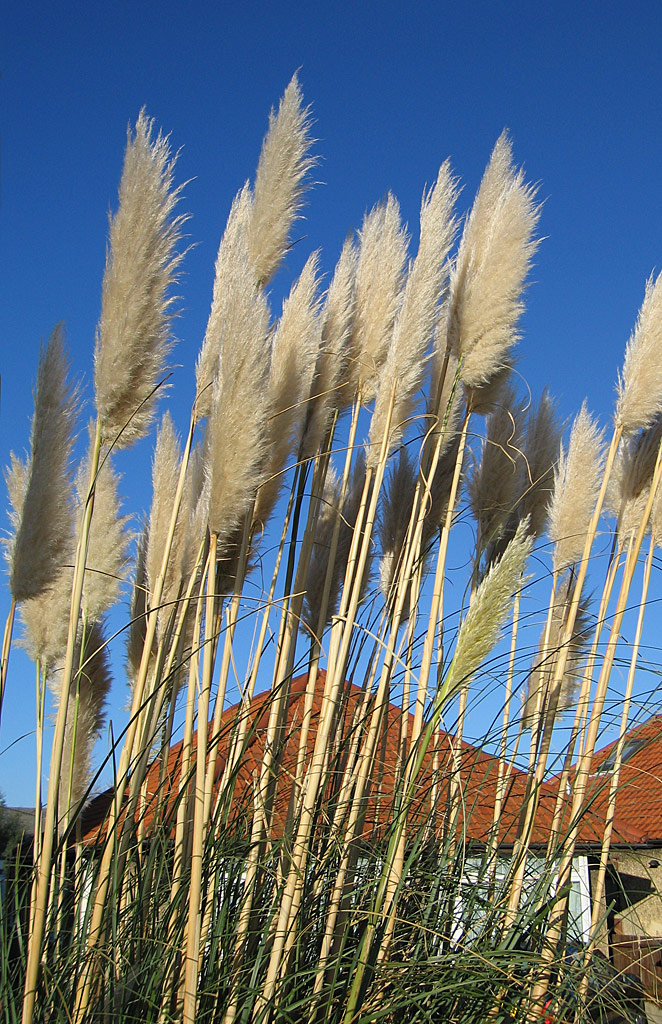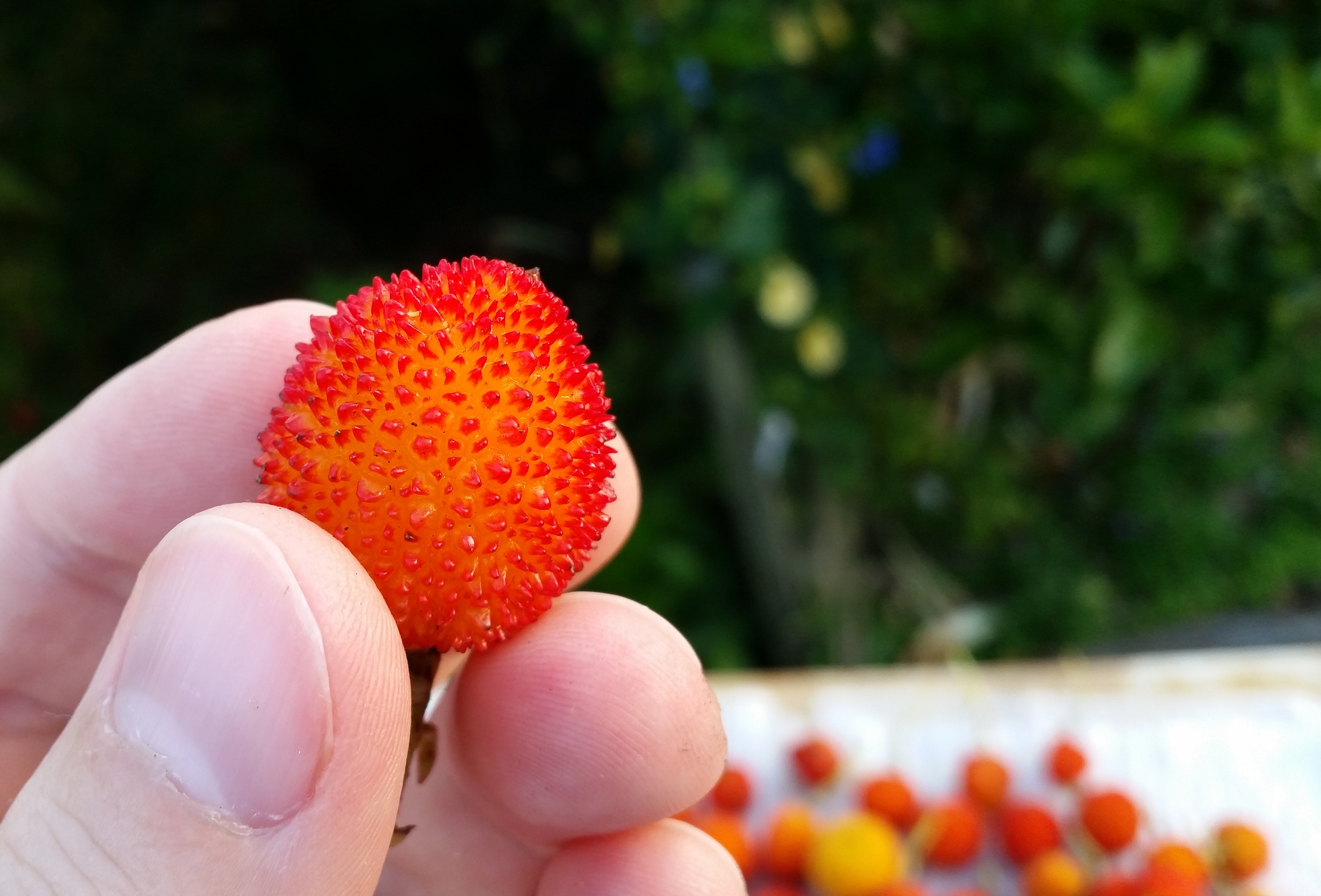|
Çilingoz Nature Park
Çilingoz Nature Park () is a nature park located in Çatalca district of Istanbul Province, Turkey. Situated at Binkılıç town of Çatalca, northwest of Istanbul on the Black Sea coast, it covers an area of . It was established in 2011. The region incorporating the nature park was declared a Wildlife conservation, Wildlife Protection Area for its rich flora and fauna in 2005. Therefore, hunting is continuously forbidden in the region. The nature park is on a bay featuring the combination of beach, forest, lake and reedy. The park has a -long and -wide beach with fine sand at its north. The Çilingoz Creek flows towards north into the Black Sea creating a sandy-alluvion, alluvial mouth, which is narrow. There, it forms a large lake surrounded by reedy. The nature park offers outdoor recreational activities such as camping, angling, hiking and picnicing for visitors. A restaurant and a snack bar serve the visitors. 60 tents are available for rent. Camping season continues unti ... [...More Info...] [...Related Items...] OR: [Wikipedia] [Google] [Baidu] |
Çatalca
Çatalca () is a municipality and Districts of Turkey, district of Istanbul Province, Istanbul Province, Turkey. Its area is 1142 km2, making it the largest district in Istanbul Province by area. Its population is 77,468 (2022). It is in East Thrace, on the ridge between the Marmara Sea, Marmara and the Black Sea. Most people living in Çatalca are either farmers or those visiting vacation homes. Many families from Istanbul come to Çatalca during weekends to hike in the forests or have picnics. History Antiquity Modern Çatalca partly lies on the site of Ergisce or Ergiske (), a Greek city in Thrace, located in the region of the Propontis. According to ancient texts, it was named after Ergiscus (), a son of Poseidon through the naiad (nymph) Aba (mythology), Aba (), presumed in Greek mythology to be a daughter of the river Hebros. Under classical Anatolia#Roman period, Roman rule, the city was named Metrae or Metre () and was important enough in the late Roman province ... [...More Info...] [...Related Items...] OR: [Wikipedia] [Google] [Baidu] |
Fagus Orientalis
''Fagus orientalis'', commonly known as the Oriental beech, is a deciduous tree in the beech family Fagaceae. It is native to Eurasia, in Eastern Europe and Western Asia. Description ''Fagus orientalis'' is a large tree, capable of reaching heights of up to tall and trunk diameter, though more typically tall and up to trunk diameter. The leaf, leaves are alternate, simple, and entire or with a slightly crenate margin, long and broad, with 7–13 veins on each side of the leaf (6–7 veins in ''F. sylvatica''). The buds are long and slender, long and thick, but thicker, till , where the buds include flower buds. The flowers are small catkins which appear shortly after the leaves in spring. The seeds are small triangular Nut (fruit), nuts long and wide at the base; there are two nuts in each cupule, maturing in the autumn 5–6 months after pollination. The cupule differs from that of Fagus sylvatica, European beech (''Fagus sylvatica'') in having flattened, slightly ... [...More Info...] [...Related Items...] OR: [Wikipedia] [Google] [Baidu] |
Alkanna Tinctoria
''Alkanna tinctoria'', the dyer's alkanet or simply alkanet, is a herbaceous flowering plant in the borage family Boraginaceae. Its roots are used to produce a red dye. The plant is also known as dyers' bugloss, orchanet, Spanish bugloss, or Languedoc bugloss. It is native to the Mediterranean region. ''A. tinctoria'' has 30 chromosomes and is regarded as a dysploid at the tetraploid level (4x + 2). ''A. tinctoria'' has a bright blue flower. The plant has a root of blackish appearance externally, but blue-red inside, with a whitish core. The root produces a fine red colouring material, which has been used as a dye in the Mediterranean region since antiquity. The dyestuff in its roots is soluble in alcohol, ether, and oils, but is insoluble in water. It is used to give colour to wines and tincture, alcoholic tinctures, to vegetable oils, and to varnishes. Powdered and mixed with oil, the alkanet root is used as a wood stain. When mixed into an oily environment, it imparts a crims ... [...More Info...] [...Related Items...] OR: [Wikipedia] [Google] [Baidu] |
Eryngium Campestre
''Eryngium campestre'', known as field eryngo, or Watling Street thistle, is a species of ''Eryngium'', which is used medicinally. A member of the family Apiaceae, eryngo is a hairless, thorny perennial plant. The leaves are tough and stiff, whitish-green. The basal leaves are long-stalked, pinnate and spiny. The leaf, leaves of this plant are mined by the gall fly, ''Euleia heraclei''. Description ''Eryngium campestre'' is a stiff, hairless, prickly perennial plant. It resembles the better known sea holly (''Eryngium maritimum''), but is taller and less robust, and the stem and leaves are paler and not bluish-green. The palmate leaves have more slender lobes which are tipped with spines, and the bracts below the flower heads are slender. The stems are thinner, the branches are longer and the globular flower heads are white and much smaller than the sea holly. This plant flowers between July and September. Distribution and habitat ''Eryngium campestre'' has a mainly Central an ... [...More Info...] [...Related Items...] OR: [Wikipedia] [Google] [Baidu] |
Cortaderia Selloana
''Cortaderia selloana'' is a species of flowering plant in the family Poaceae. It is referred to by the common name pampas grass, and is native to southern South America, including the Pampas region after which it is named. It is widely distributed throughout the world as a cultivated ornamental and invasive species. Etymology ''Cortaderia'' is derived from the Argentine Spanish name 'cortadera', meaning 'cutter', in reference to its razor sharp leaf margins.Gledhill, David (2008). "The Names of Plants". Cambridge University Press. (hardback), (paperback). pp 122, 348 ''Selloana'' is named for Friedrich Sellow (1789–1831), a German botanist and naturalist from Potsdam who worked as a plant collector in Brazil. He studied the flora of South America, especially that of Brazil. The specific epithet ''selloana'' was given by Josef August and Julius Hermann Schultes in 1827. Ecology The native range of ''C. selloana'' includes Argentina, Bolivia, Brazil, Chile, Pa ... [...More Info...] [...Related Items...] OR: [Wikipedia] [Google] [Baidu] |
Blackberry
BlackBerry is a discontinued brand of handheld devices and related mobile services, originally developed and maintained by the Canadian company Research In Motion (RIM, later known as BlackBerry Limited) until 2016. The first BlackBerry device launched in 1999 in North America, running on the Mobitex network (later also DataTAC) and became very popular because of its "always on" state and ability to send and receive email messages wirelessly. The BlackBerry pioneered push notifications and popularized the practise of " thumb typing" using its QWERTY keyboard, something that would become a trademark feature of the line. In its early years, the BlackBerry proved to be a major advantage over the (typically) one-way communication pagers and it also removed the need for users to tether to personal computers. It became especially used in the corporate world in the US and Canada. RIM debuted the BlackBerry in Europe in September 2001, but it had less appeal there where text mess ... [...More Info...] [...Related Items...] OR: [Wikipedia] [Google] [Baidu] |
Arbutus Unedo
''Arbutus unedo'', commonly known as strawberry tree, also called madrone, is an evergreen shrub or small tree in the family Ericaceae, native to the Mediterranean Basin and Western Europe. The tree is well known for its fruits, the arbutus berry, which bear some resemblance to the strawberry, hence the common name strawberry tree. However, it is not closely related to true strawberry, strawberries of the genus ''Fragaria''. Its presence in Ireland also lends it the name "Irish strawberry tree", or cain, or cane apple (from the Irish name for the tree, ''caithne''), or sometimes "Killarney strawberry tree". The strawberry tree is the national tree of Italy because of its green leaves, its white flowers and its red berries, colors that recall the Italian flag. The flower of the strawberry tree is the national flower of Italy. Taxonomy ''Arbutus unedo'' was one of the many species described by Carl Linnaeus in Volume One of his landmark 1753 work ''Species Plantarum'', giving it t ... [...More Info...] [...Related Items...] OR: [Wikipedia] [Google] [Baidu] |
Erica Arborea
''Erica arborea'', the tree heath or tree heather, is a species of flowering plant (angiosperms) in the heather family Ericaceae, native to the Mediterranean Basin and Ethiopia, Kenya and Tanzania in East Africa. It is also cultivated as an ornamental. The wood, known as briar root ( French: bruyère, Catalan: bruc, Portuguese: betouro, Spanish: brezo), is extremely hard and heat-resistant, and is used for making smoking pipes. Leaf fossils attributed to this species were described for the Mio-Pleistocene deposit of São Jorge in Madeira Island. Description ''Erica arborea'' is an upright evergreen shrub or small tree with a typical height in the wild of some , especially in Africa, but more typically in gardens. It bears dark green needle-like leaves and numerous small honey-scented bell-shaped white flowers. It is a calcifuge, preferring acid soil in an open sunny situation. Distribution and habitat The heather has a disjunct distribution, including Macaronesia, the ... [...More Info...] [...Related Items...] OR: [Wikipedia] [Google] [Baidu] |
Laurus Nobilis
''Laurus nobilis'' is an aromatic evergreen tree or large shrub with green, glabrous (smooth) leaves. It is in the flowering plant family Lauraceae. According to Flora Cretica (Kleinsteuber Books, 2024, ISBN 978-3-9818110-5-6) the stem can be 1 meter in diameter; the tree can be as high as 20 metres. It is native to the Mediterranean region and is used as bay leaf for seasoning in cooking. Its common names include bay tree (esp. United Kingdom), bay laurel, sweet bay, true laurel, Grecian laurel, or simply laurel. ''Laurus nobilis'' figures prominently in classical Greco-Roman culture. Worldwide, many other kinds of plants in diverse families are also called "bay" or "laurel", generally due to similarity of foliage or aroma to ''Laurus nobilis''. Description The laurel is an evergreen shrub or small tree, variable in size and sometimes reaching tall. The genus ''Laurus'' includes three accepted species, whose diagnostic key characters often overlap. The bay laurel is dioec ... [...More Info...] [...Related Items...] OR: [Wikipedia] [Google] [Baidu] |
Myrtus Communis
''Myrtus communis'', the common myrtle or true myrtle, is a species of flowering plant in the myrtle family Myrtaceae. It is an evergreen shrub native to southern Europe, North Africa, Western Asia, Macaronesia, and the Indian Subcontinent, and also cultivated. The plant is an evergreen shrub or small tree, growing to tall. The leaves are long, with a fragrant essential oil. The flowers are white or tinged with pink, with five petals and many stamens that protrude from the flower. The fruit is an edible berry, blue-black when ripe. The essential oils derived from this plant have anti-proliferative and anti- quorum sensing properties, helping against food spoilage. The berries are also macerated in alcohol to make ''Mirto'' liqueur. This species and the more compact ''M. communis'' subsp. ''tarentina'' have won the Royal Horticultural Society's Award of Garden Merit. They are hardy but prefer a sheltered position in full sun. The plant can be propagated with seeds str ... [...More Info...] [...Related Items...] OR: [Wikipedia] [Google] [Baidu] |
Ruscus Aculeatus
''Ruscus aculeatus'', known as butcher's-broom, is a low evergreen dioecious Eurasian shrub, with flat shoots known as cladodes that give the appearance of stiff, spine-tipped leaves. Small greenish flowers appear in spring, and are borne singly in the centre of the cladodes. The female flowers are followed by a red berry, and the seeds are bird-distributed, but the plant also spreads vegetatively by means of rhizomes. It is native to Eurasia and some northern parts of Africa. ''Ruscus aculeatus'' occurs in woodlands and hedgerows, where it is tolerant of deep shade, and also on coastal cliffs. Likely due to its attractive winter/spring color, ''Ruscus aculeatus'' has become a fairly common landscape plant. It is also widely planted in gardens, and has spread as a garden escapee in many areas outside its native range. The plant grows well in zones 7 to 9 on the USDA hardiness zone map. The Latin specific epithet ''aculeatus'' means "prickly". History Etymology The com ... [...More Info...] [...Related Items...] OR: [Wikipedia] [Google] [Baidu] |
Rhododendron Ponticum
''Rhododendron ponticum'', called common rhododendron or pontic rhododendron, is a species of flowering plant in the ''Rhododendron'' genus of the heath family Ericaceae. It is native to the Iberian Peninsula in southwest Europe and the Caucasus region in northern West Asia. Description ''R. ponticum'' is a dense, suckering shrub or small tree growing to tall, rarely . The leaves are evergreen, long and wide. The flowers are in diameter, violet-purple, often with small greenish-yellow spots or streaks. The fruit is a dry capsule long, containing numerous small seeds. It has two subspecies: And a variegated variety: *''R. p. var. heterophyllum'' R. Ansin – Found in Turkey. Distribution and habitat The species has two disjunct populations, one in the southwestern Iberian Peninsula (central and southern Portugal and southwestern Spain) and the other near the southern Black Sea Basin (eastern Bulgaria, northern Turkey, Georgia, and Northern Caucasus). It has also bee ... [...More Info...] [...Related Items...] OR: [Wikipedia] [Google] [Baidu] |





